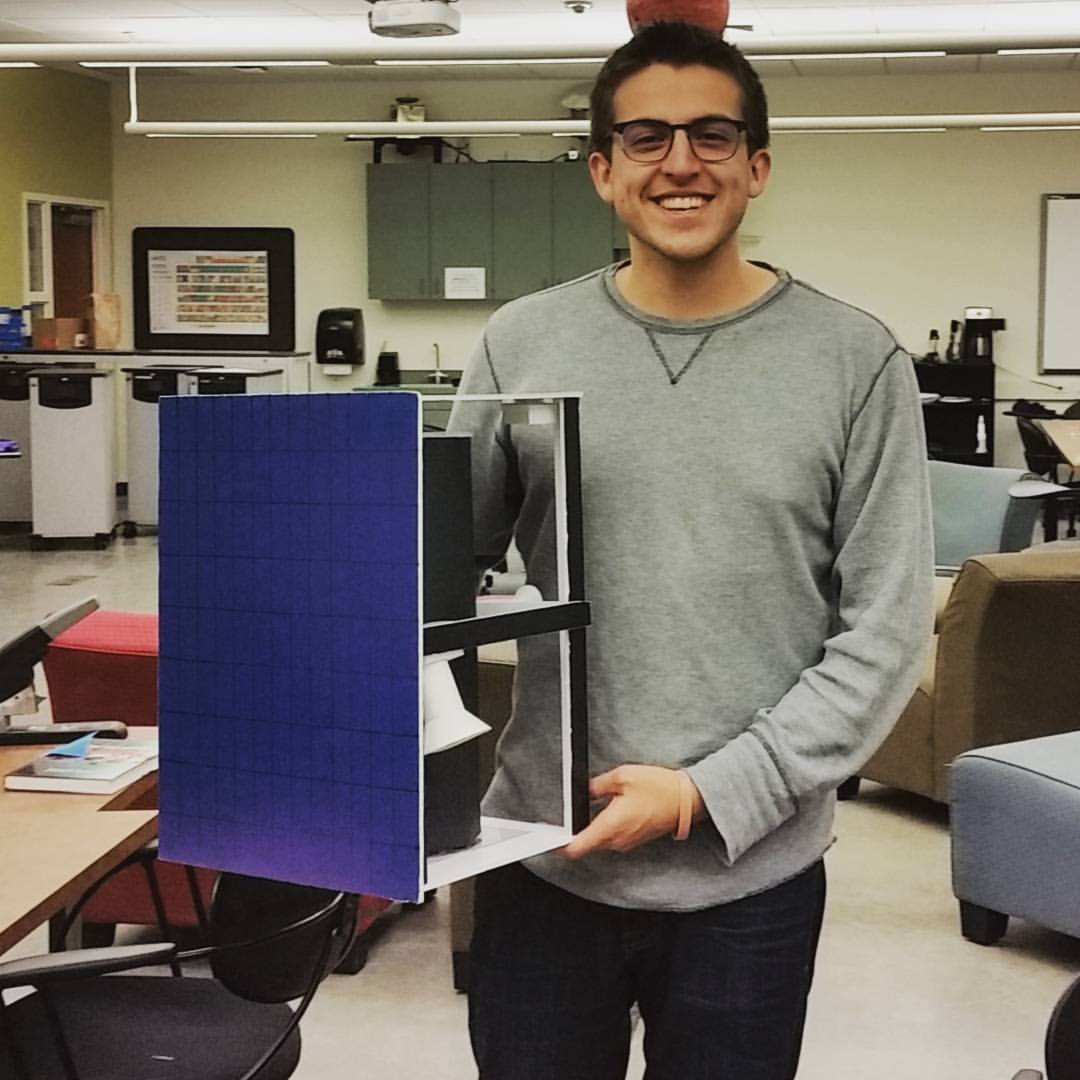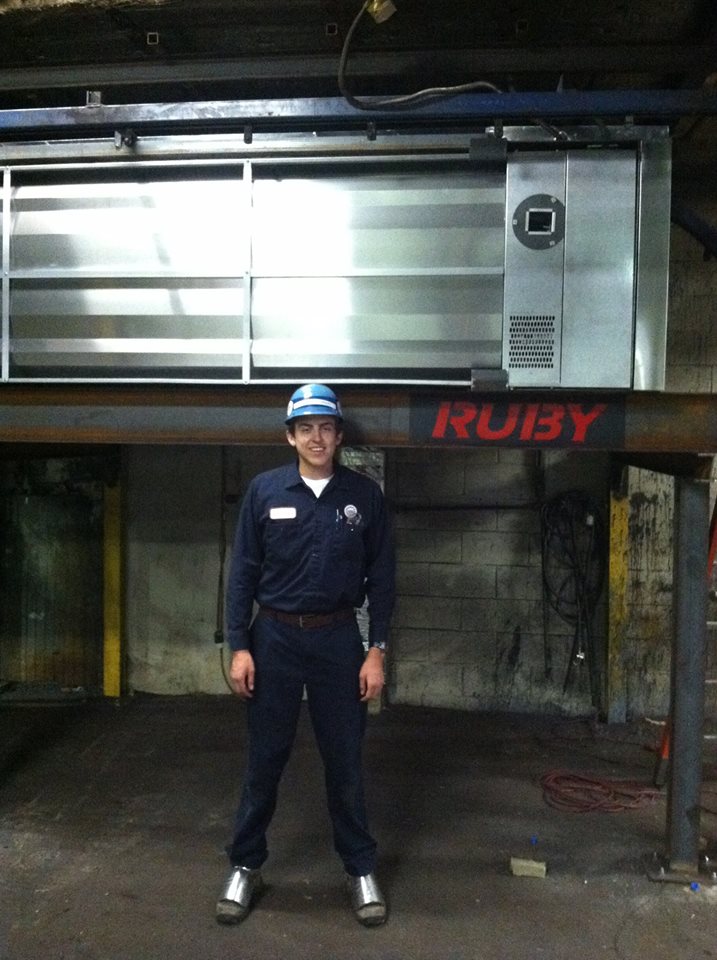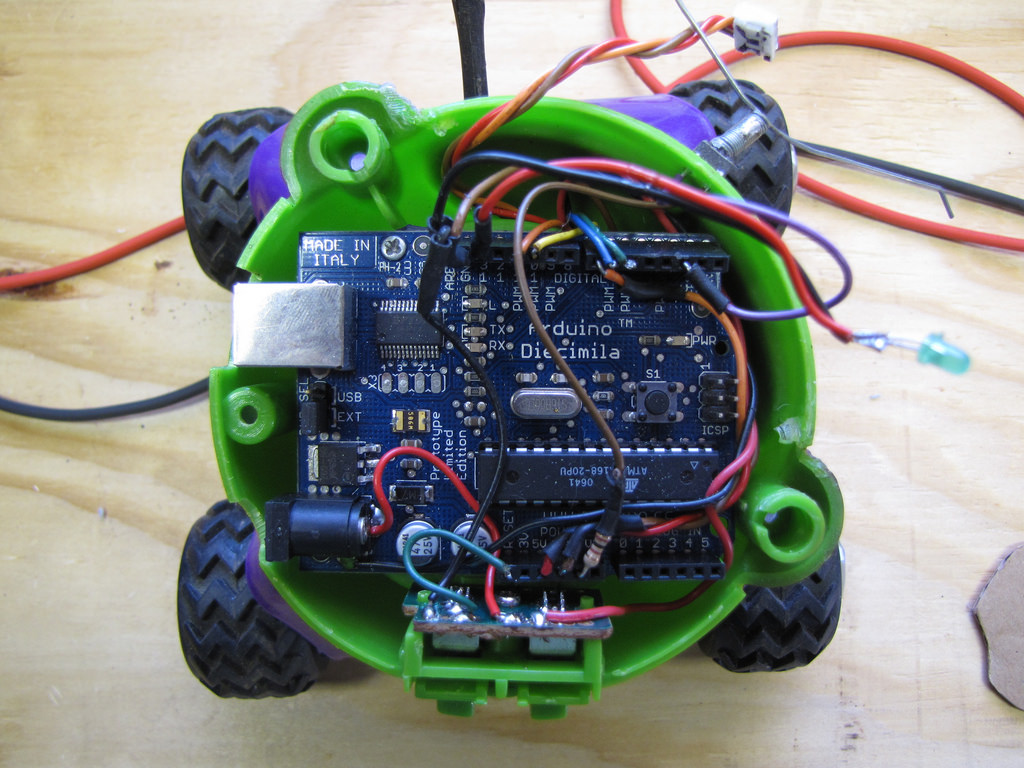Hello World! I'm Harrison...
...Glad you could make it! Please pardon the mess. I've been busy with school and what not, so I'm still working on customizing this page. Until then I laid everything out, so it's all available just not very organized. In the meantime please check out my Spacecraft Design profile, or call me at 510-421-4007 and set up a time to get to know me in person!

Myself

My Experience

Contact

To Top
1
Myself
I am an engineer heart and soul. With my eidetic memory I harness the power of the learning curve to disprove the adage “jack of all trades, master of none”. The bigger the challenge the more excited I get and the more people my solution helps the happier I am. My method consists of a special blend of engineering creativity and entrepreneurial drive enabling me to dream up solutions that I iterate on until they become a viable product utilized by the customer. I am building my repertoire of skills from manufacturing to software engineering for a deep understanding of every part of the design process from beginning to end of life, in both the physical and digital realm. My ultimate goal is to build an economy for a self-sustained space market, and although my journey is only just beginning I already have a lot to offer the Aerospace industry. A system level understanding comes from 9 months of experience designing a space mission involving a satellite constellation, a fleet of launch vehicles, and a plan of operations. I’ve been augmenting that overarching knowledge with graduate level courses in AD&C where my programming skills helped me implement advanced simulation and filtering techniques; and in launch vehicle design where I simulated vehicle staging, loadings, and trajectory. My work in space environments lab on pulsed plasma thrusters gives me hands on lessons with electric thruster technology. I’ve rounded it all out with my education in structures, years of practice on CAD, and experience with FEA and thermal analysis. I am equipped to enter the industry, hungry to prove myself, and desire to continue learning while overcoming the toughest challenges in the engineering world. My set of skills and experiences paired with your company is like champagne with caviar; which is to say I don’t yet know what it’s like, but I’m sure it will be amazing!
2
My Experience

Minerva Satellite Constellation
The Problem: Without any predeployment, provide imaging and communications support to workers within 24 hours of a natural disaster anywhere in the world. My Solution: I preemptively setup organizational applications, led the class during initial design phase, and have led the thermal imaging team to a feasible satellite constellation. Design trades resulted in a unique mission, and has provided exciting challenges for orbits, control, and optical design of the imaging spacecraft, and of the design and operation of the launch vehicles. What I Learned: Every team is different and leading requires constant adjustment of communication and documentation to maximize efficiency and informed decision making.
Pulsed Plasma Thruster
The Problem: The pulsed plasma thruster that was built to be used for lessons in Rocket Propulsions laboratory was not operational. My Solution: Since the ionizing circuit was firing at the correct voltage, the ablating circuit had its spark plug swapped for a larger flyback transformer, and an additional capacitor bank. That fix caused such a high voltage that the thruster arced to its stand (the pink plume in the video), so I made a new stand out of low outgassing materials (rarely electrically insulative). What I Learned: Testing procedures should be planned out ahead of time, the vacuum chamber requires ~30 minutes to pump down and open back up, so any changes in between test runs needed to be minimized.
Exoskeleton
The Problem: A corporate-wide challenge to decrease worker injury, safety team at my plant wanted to protect workers in heavy parts departments My Solution: Mainly due to the mobility required by the workers, and a number of other factors, I chose to design an self-contained personal lifting device. The pack successfully boosted arm curl strength by 35lbs while redistributing lifting stress to the shoulders and waist instead of the back. What I Learned: Acting on an idea is more important than having one, prototyping allows problems to be addressed quicker. Structural members of the suit failed under lower loads than expected and electronic control was often redesigned.

Infrared Heater
The Problem: Special parts processing needed to switch from direct flame heating to infrared heating of various cast iron parts up to 80 pounds. Heavy chunks of metal are obviously difficult to warm, especially with only radiative heat transfer. My Solution: I used highly polished metal to build a container that reflects all heat toward the conveyor line. The parts were able to achieve the temperature required for the paint to adhere to the metal. What I Learned: This is the most expensive project that I've been responsible for. I managed every part of it from purchasing parts, directing contractors, and swapping the structure in a production environment. It taught me a lot about responsibility and ablility to justify every decision.
Documapt
The Problem: Organizing a manufacturing plant's CAD drawings so that mechanics could find what they need when engineers are organizing documents. My Solution: A spatially organized filing system that tagged machines on a map of the plant. I developed the technology in my free time to be fully dynamic, and it eventually became a tool for spatially organizing information in situations such as teaching and repair manuals. What I Learned: Technology moves very fast, and to work on it an engineer needs to move just as quickly. I am constantly learning new things, bettering my processes, and reflecting on my decisions. Such constant change requires confidence and perserverance to solve long and difficult challenges.

Autonomous Robot
The Problem: High school robotics project to program a robot to navigate itself through a maze using an infrared and ultrasonic sensor. My Solution: Used a gutted Rumblebot and an Arduino to code the control logic for all four wheels based on the input from the sensors. What I Learned: This was my first encounter with coding and it taught me that all technology is going to have electronics and all important electronics need code. From there I taught myself whatever code has been useful for the problems at hand.
Eagle Project
The Problem: A 2000 foot long span of barbed wire fence once used for cattle containment needed to be removed for hiker safety and environmental concerns. My Solution: Remove the wire, pretty obvious. But it was a very difficult test of leadership and project planning including: organizing volunteers, park rangers, and fundraising. What I Learned: Contrary to what I say in the video (in retrospect) there is no badge of leadership, great leaders never get told when to lead. It comes from a person's vision, the capability to imagine something better and inspire those around you to work together to achieve it.
3
My Ideas
3
Contact Me!
Harrison Lambert
Phone: 510-421-4007
Email: lambert.harrison@gmail.com
